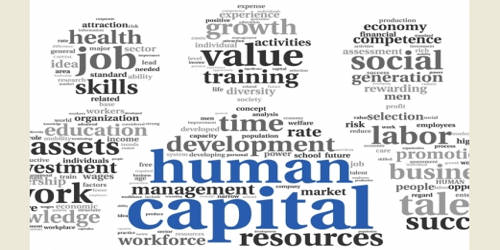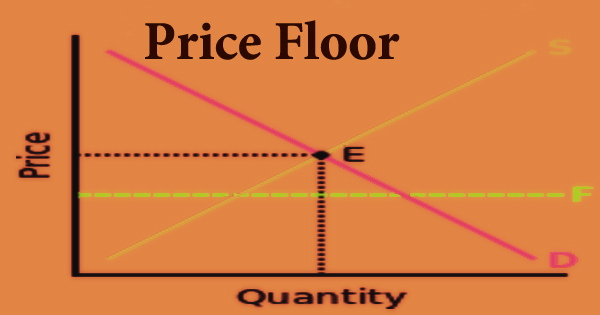Human capital is the stock of habits, knowledge, social and personality attributes (including creativity) embodied in the ability to perform labor so as to produce economic value. It is the economic value of the abilities and qualities of labor that influence productivity. It is important because it is perceived to increase productivity and thus profitability. In a national economy, the term refers to how its population contributes towards wealth creation.
Human capital is unique and differs from any other capital. It is an intangible asset or quality not listed on a company’s balance sheet. It is needed for companies to achieve goals, develop and remain innovative. It can be classified as the economic value of a worker’s experience and skills. Companies can invest in human capital for example through education and training enabling improved levels of quality and production. This includes assets like education, training, intelligence, skills, health, and other things employers value such as loyalty and punctuality.
The human capital theory is closely associated with the study of human resources management as found in the practice of business administration and macroeconomics. It is typically managed by an organization’s human resources (HR) department. It is a measure of the skills, education, capacity, and attributes of labor which influence their productive capacity and earning potential. How human capital is developed and managed maybe one of the most important determinants of economic and organizational performance.
Factors that determine human capital – Skills and qualifications, Education levels, Work experience, Social communication, Judgement, Personality, Creativity, Fame and brand image, etc.
The original idea of human capital can be traced back at least to Adam Smith in the 18th century. The modern theory was popularized by Gary Becker, an economist and Nobel Laureate from the University of Chicago, Jacob Mincer, and Theodore Schultz. As a result of his conceptualization and modeling work using Human Capital as a key factor, the 2018 Nobel Prize for Economics was jointly awarded to Paul Romer, who founded the modern innovation-driven approach to understanding economic growth. For statistical purposes, human capital can be measured in monetary terms as the total potential future earnings of the working-age population. This concept can be applied to job-assignment, wage dynamics, tournament, promotion dynamics inside firms, etc. It is perceived to have a relationship with economic growth, productivity, and profitability.
















